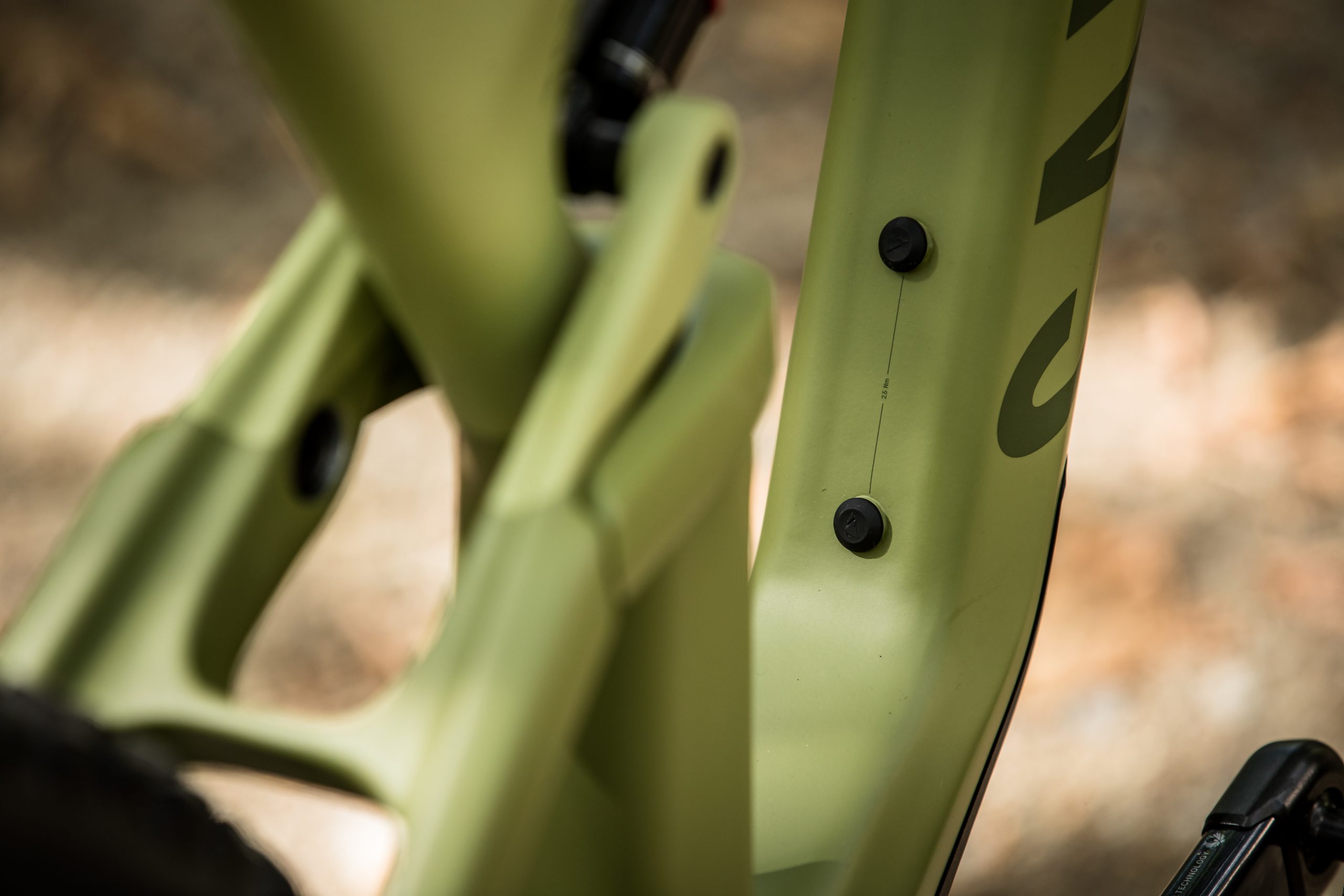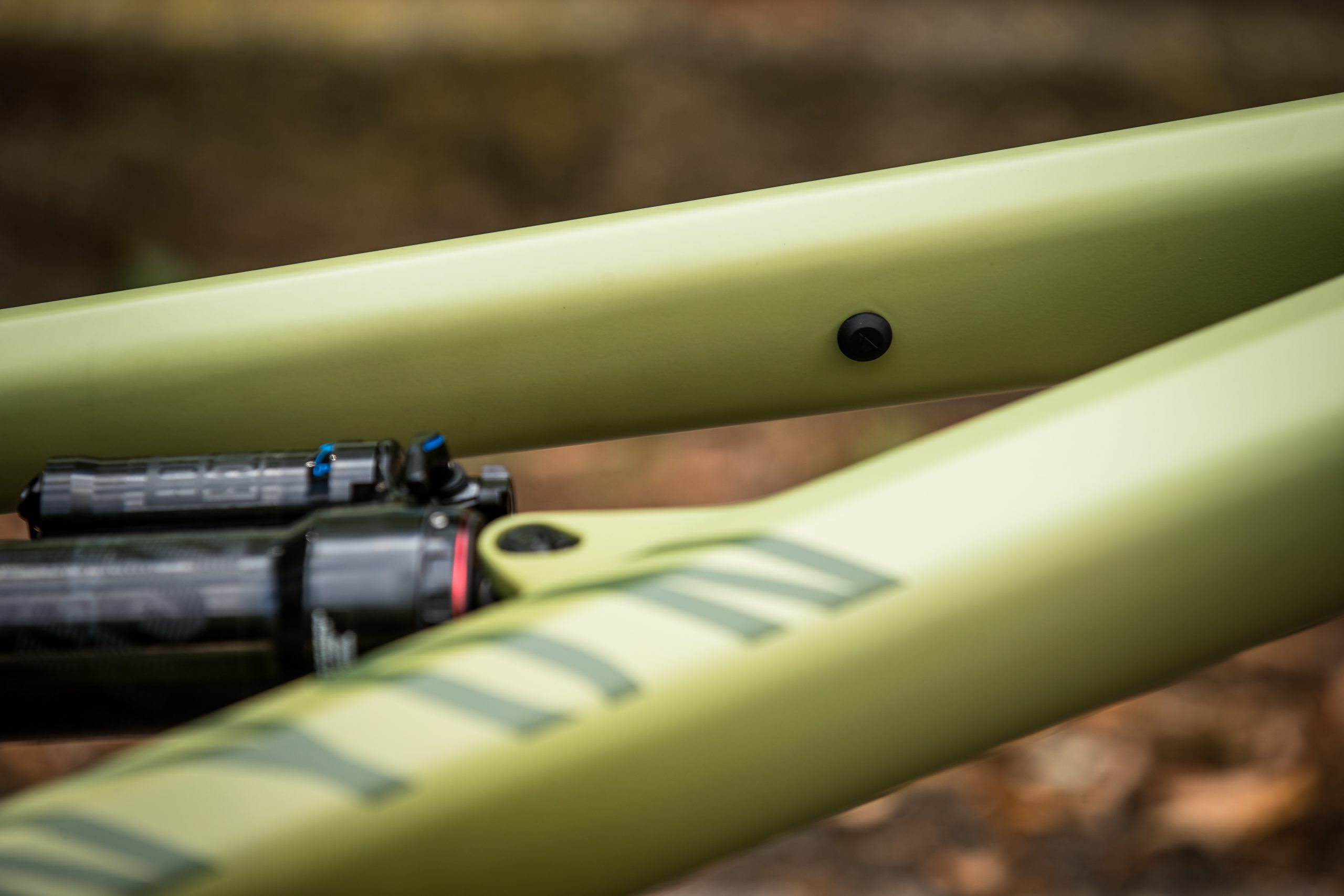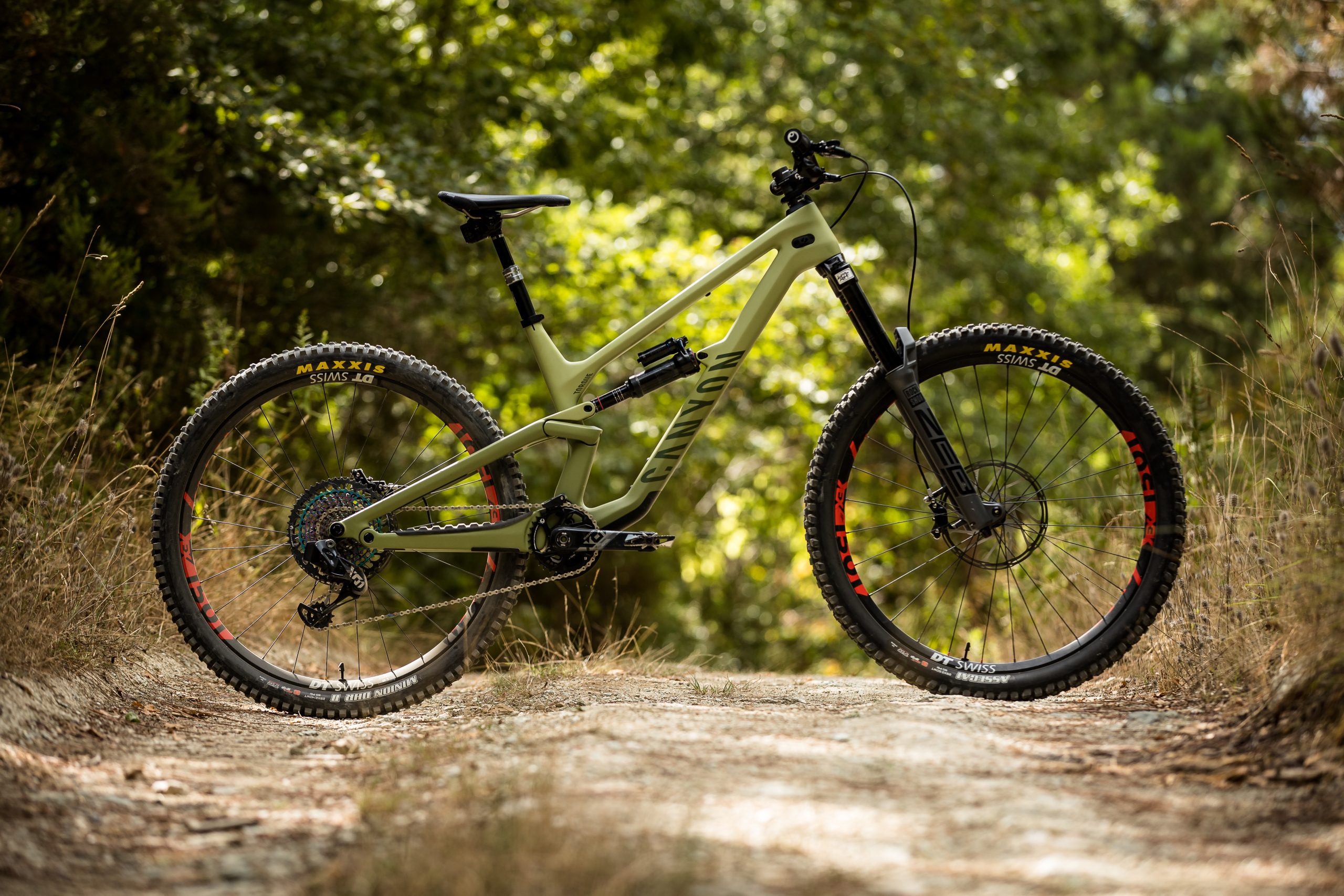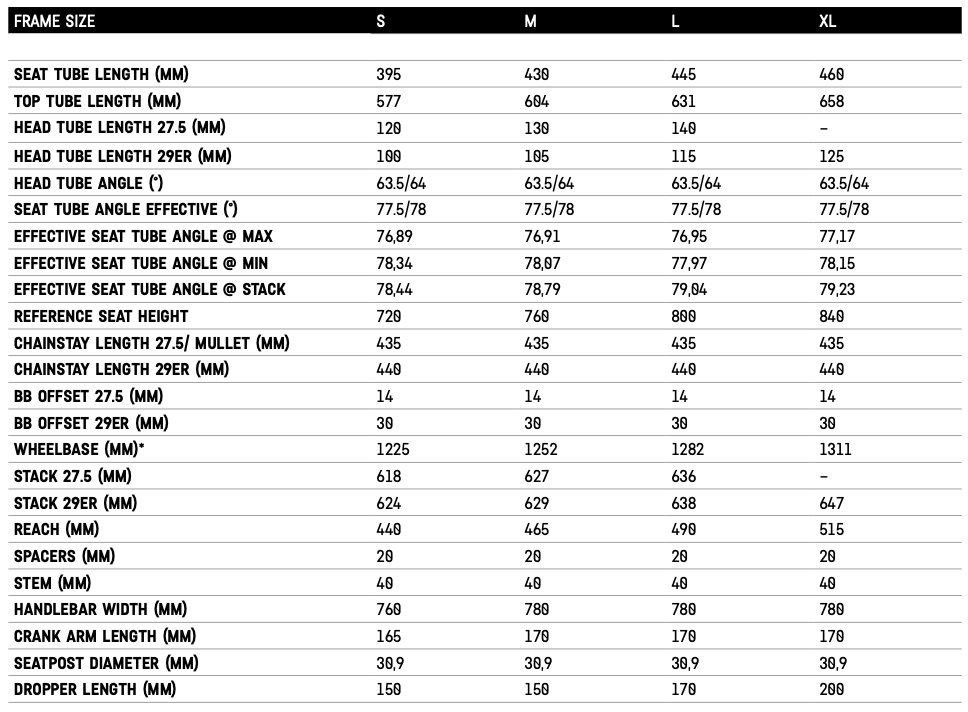The principal takeaway with the new Torque is that it is built for fun
The new Canyon Torque should find favour with the growing legion of bike park season ticket holders. With copious travel and a suspension tune that’s less about laying down the watts on a punchy rise and more about slapping turns and boosting lips, the new Torque slips in between the Strive and the Sender among Canyon’s long-travel offerings.
With carbon and alloy frames on the menu, as well as full 29, full 27.5, mullet, along with coil or air shocks, there’s something for everyone.
Anyhoo. Here are some key grabs from Canyon’s PR material…

Canyon Torque CF 9
Canyon Torque
Six models to choose from:Torque 5, Torque 6, Torque CF 7, Torque CF 8 (Mullet), Torque CF Fabio Wibmer (Mullet), Torque CF 9.

“Progressive leverage curve that works well with both air and coil shocks.”
“The [coil eqipped] bike will be delivered with two additional coils, each with a spring rate one below and one above the already-installed coil.”

“Slacker headtube angle, reduced offset fork, a longer reach and a steeper seat tube angle. The frame is stiffer, more durable and, guess what, can fit a bottle cage!”
“The long wheelbase and slacker headtube angle keep the bike stable at speed. The reduced offset fork, longer reach and compact chainstays keep it playful and improve traction through tight corners. The steeper seat tube angle is ideal for the long, steady climbs that lead to the top of the burliest trails.”

Torque CF’s full carbon-fibre frame weighs in at 2,652 grams (5.85 pounds).
“Double-sealed frame bearings – filled with a proprietary grease mix researched and spec’d by Canyon’s R&D team – the important pivot points are seriously weatherproof”

“Fully guided internal cable routing.”
“Flip Chip geometry adjustment. Offering 0.5 degrees of head tube and seat tube angle adjustment as well as [more significantly] 8mm of BB height difference.”
“Increase of anti-squat around the SAG point (30%). This increase improves overall pedalling performance, and thanks to the rapid decrease in anti-squat after the SAG point.”

“Rivets under the top tube.”

“Integrated rubber downtube protector shields the frame from errant rocks and crashes and a moulded seatstay protector does the same. A proprietary chainstay protector with special ridges protects the rest of the rear triangle while also dampening any chain slap.”

“The Torque is a simple, fun and shreddy bike, while the Strive is an advanced race bike. The Strive utilises the unique Shapeshifter technology, as well as a ground-hugging ride feel for more traction on the limit.”

Canyon Torque geometry

Canyon Torque geometry chart
Aluminium Torque stuff…
Torque AL: “At just over 3 kg in frame weight, the new bike comes in at 200g less than the previous Torque AL.”
Torque AL: “[No] Flip Chip geometry adjustment used on the CF and dialled in the angles. The AL blasts down trails at the 63.5-degree head tube angle and BB height of the ‘LO’ Flip Chip position of the Torque CF before it easily pedals back to the top with the steep 78-degree seat tube angle of the ‘HI’ position.”
Torque AL: “New seat stay bridge and improvements to the rocker and chainstay bridges.”
Torque AL: “Pivot bolt threads might looks like your average aluminium affairs but look closer and you’ll find virtually indestructible steel inserts that are replaceable should the worst happen. Then, with the use of just 2 hex wrenches (5 mm and 6 mm) you can go over every bolt on the frame.”
Torque AL: “Internal cable routing in the front tri angle before leading out of the frame at the back end. But don’t worry about cable clatter, the AL models use foam sleeves to keep them silent and make running the internal routing easier.”




